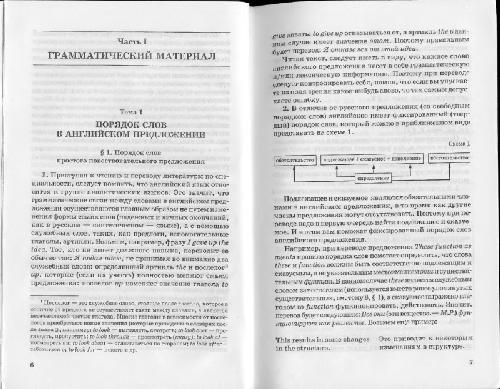- 2 402 202 книги
- Поиск
libcats.org









Advances in moduli theory
Yuji Shimizu and Kenji UenoThe word ``moduli'' in the sense of this book first appeared in the epoch-making paper of B. Riemann, Theorie der Abel'schen Funktionen, published in 1857. Riemann defined a Riemann surface of an algebraic function field as a branched covering of a one-dimensional complex projective space, and found out that Riemann surfaces have parameters. This work gave birth to the theory of moduli. However, the viewpoint regarding a Riemann surface as an algebraic curve became the mainstream, and the moduli meant the parameters for the figures (graphs) defined by equations. In 1913, H. Weyl defined a Riemann surface as a complex manifold of dimension one. Moreover, Teichmuller's theory of quasiconformal mappings and Teichmuller spaces made a start for new development of the theory of moduli, making possible a complex analytic approach toward the theory of moduli of Riemann surfaces. This theory was then investigated and made complete by Ahlfors, Bers, Rauch, and others. However, the theory of Teichmuller spaces utilized the special nature of complex dimension one, and it was difficult to generalize it to an arbitrary dimension in a direct way. It was Kodaira-Spencer's deformation theory of complex manifolds that allowed one to study arbitrary dimensional complex manifolds. Initial motivation in Kodaira-Spencer's discussion was the need to clarify what one should mean by number of moduli. Their results, together with further work by Kuranishi, provided this notion with intrinsic meaning. This book begins by presenting the Kodaira-Spencer theory in its original naive form in Chapter 1 and introduces readers to moduli theory from the viewpoint of complex analytic geometry. Chapter 2 briefly outlines the theory of period mapping and Jacobian variety for compact Riemann surfaces, with the Torelli theorem as a goal. The theory of period mappings for compact Riemann surfaces can be generalized to the theory of period mappings in terms of Hodge structures for compact Kahler manifolds. In Chapter 3, the authors state the theory of Hodge structures, focusing briefly on period mappings. Chapter 4 explains conformal field theory as an application of moduli theory. This is the English translation of a book originally published in Japanese. Other books by Kenji Ueno published in this AMS series, Translations of Mathematical Monographs, include An Introduction to Algebraic Geometry, Volume 166, Algebraic Geometry 1: From Algebraic Varieties to Schemes, Volume 185, and Algebraic Geometry 2: Sheaves and Cohomology, Volume 197.
Популярные книги за неделю:

Проектирование и строительство. Дом, квартира, сад
Автор: Петер Нойферт, Автор: Людвиг Нефф
Размер книги: 20.83 Mb

Система упражнений по развитию способностей человека (Практическое пособие)
Автор: Петров Аркадий НаумовичКатегория: Путь к себе
Размер книги: 818 Kb

Сотворение мира (3-х томник)
Автор: Петров Аркадий НаумовичКатегория: Путь к себе
Размер книги: 817 Kb

Радиолюбительские схемы на ИС типа 555
Автор: Трейстер Р.Категория: Электротехника и связь
Размер книги: 13.64 Mb

Момент истины (В августе сорок четвертого...)
Автор: Богомолов Владимир ОсиповичКатегория: О войне
Размер книги: 1.83 Mb
Только что пользователи скачали эти книги:

Хроника обыкновенного следствия
Автор: Леке АлексисКатегория: Криминальный детектив, Триллер
Размер книги: 261 Kb

Чтение и перевод английской научной и технической литературы. Лексико-грамматический справочник
Автор: Рубцова М.Г.
Размер книги: 16.69 Mb

McGraw-Hill's ACT, 2011 Edition (Mcgraw Hill's Act, 5th edition)
Автор: Steven Dulan
Размер книги: 4.62 Mb

Renault Logan c 2004 г. Руководство по ремонту, ТО и эксплуатации
Автор: Ревин А.Категория: КНИГИ ТЕХНИКА
Размер книги: 344.30 Mb







